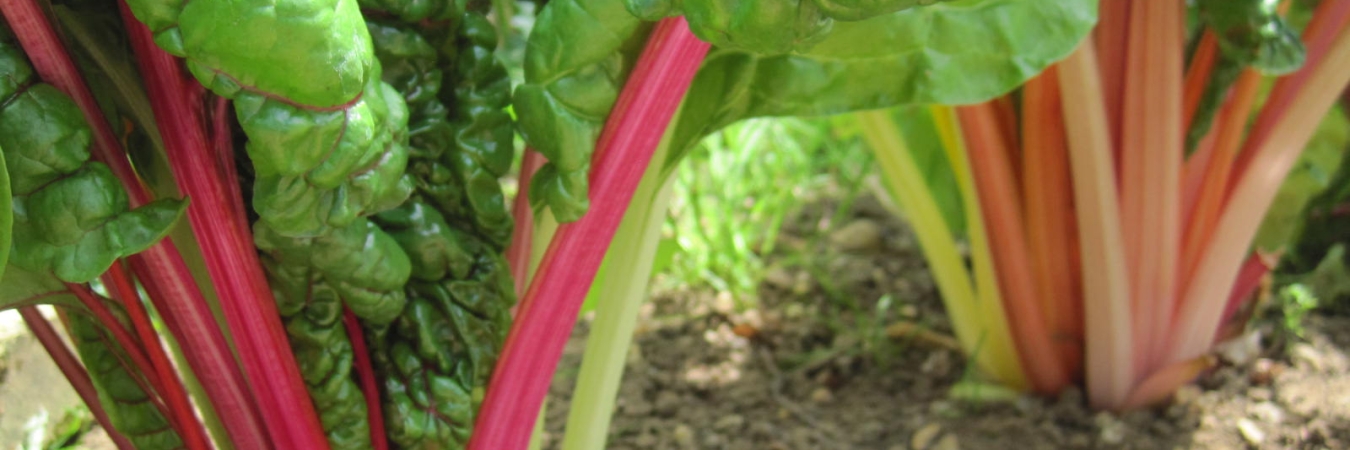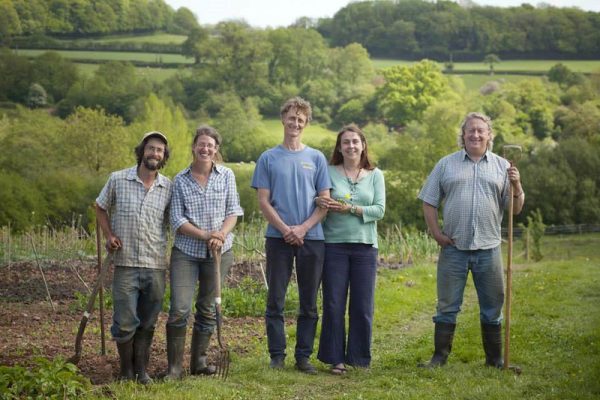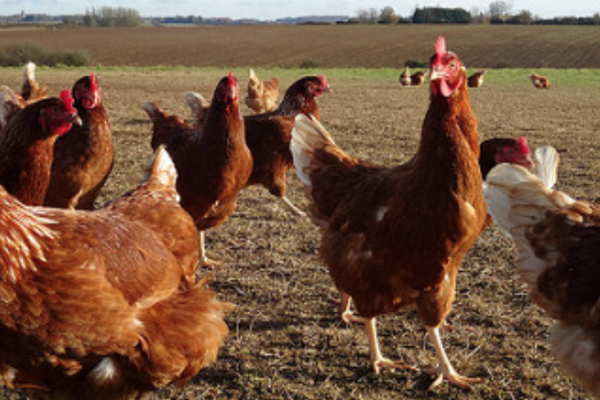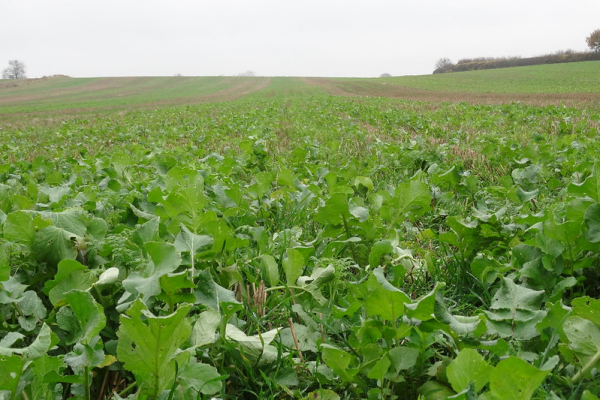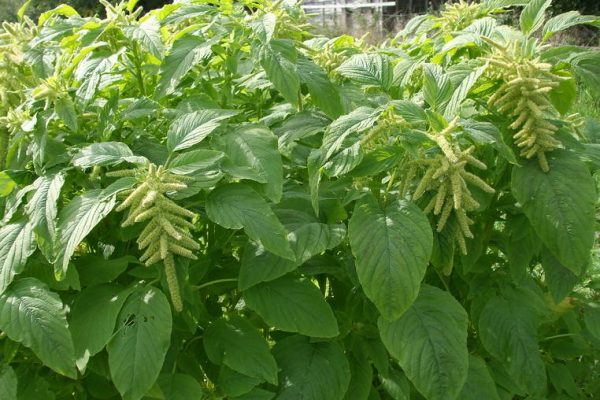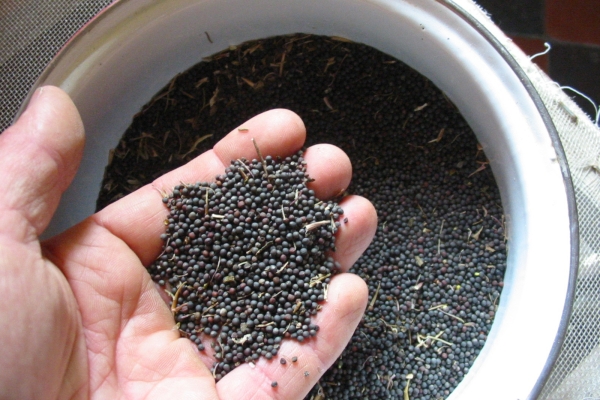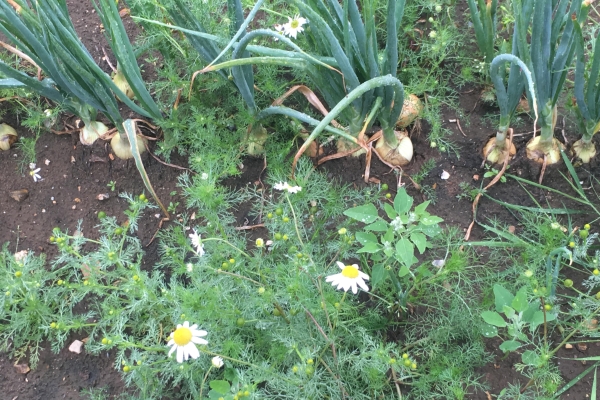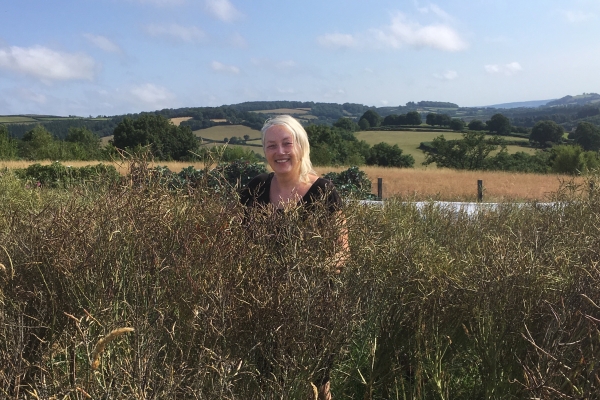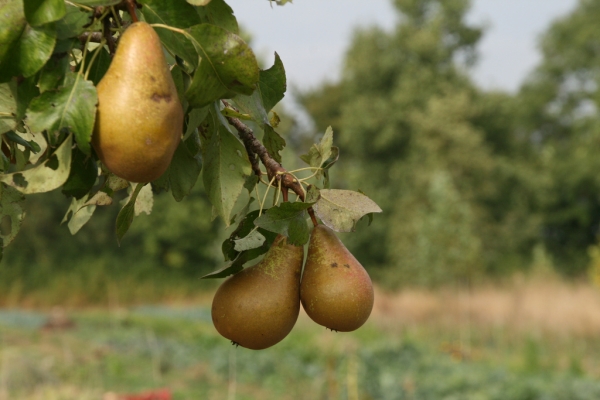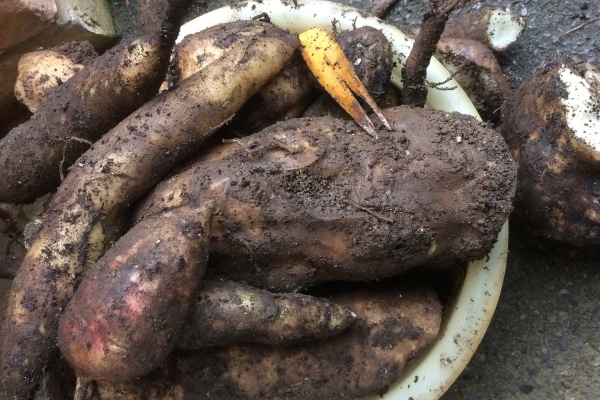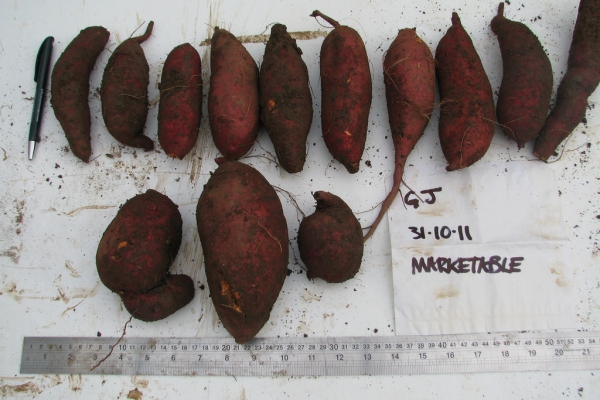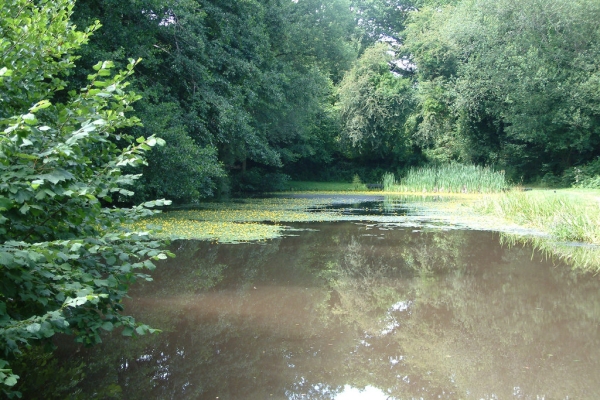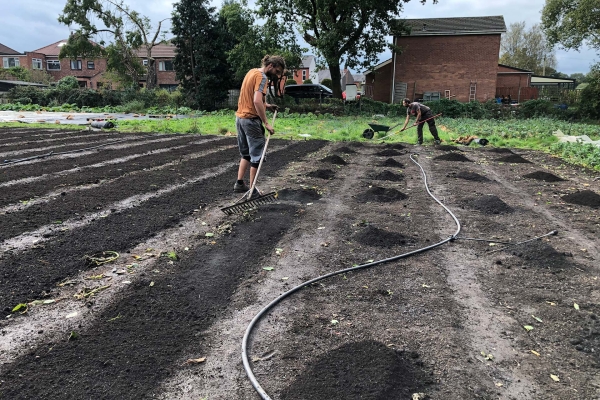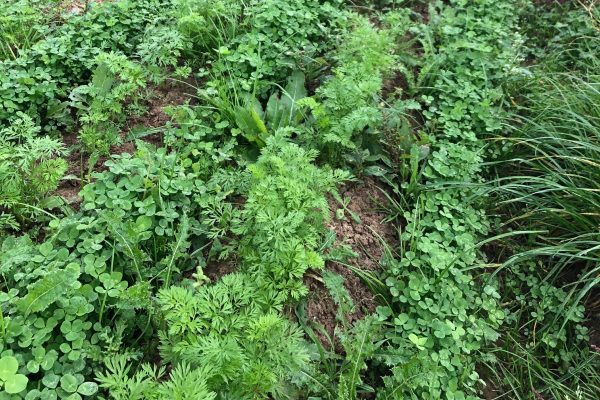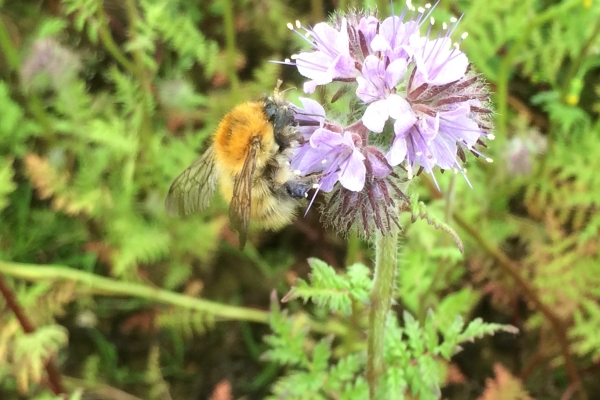Growing seasonal veg using energy efficient systems
I believe that an ecological and preferably local and organic approach is the only way to feed the world sustainably. Part of our quest in adopting this approach at Delfland Nurseries is through using and encouraging energy efficient and sustainable growing systems.
We have been using growing media with 20% green waste compost for our organic plants for many years. My work includes managing our two online shops which sell plants to gardeners (www.organicplants.co.uk) and small growers (www.delfland.co.uk). The plants for both our websites are grown in 100% peat-free media, but we recognise that it can be too expensive for commercial growers. We did a trial in 2013 which demonstrated that there are good peat-free media on the market which are suitable for professional use: see Peat-free trial – final results. Some of the products we tested are available for gardeners including SylvaGrow® (Gardening Which Best Buy, peat-free but not organic) and FertileFibre (organic and peat-free).
Most of our heating for the nursery comes from biomass boilers; we installed our first in 2008, and a second last year. They run on trimmings and thinnings from local forests.
Many small growers just don’t have the time and/or facilities to care for a wide range of transplants as well as looking after their crops, harvesting and marketing. For crops such as leeks, which take many weeks to grow and require heat to prevent bolting, it may well be more efficient for plants to be grown by a (hopefully local) plant raiser. Our gantry systems apply water and feed accurately and maximise the use of space.
Growing your own
Here at Delfland Nurseries we have been producing plants to Soil Association standards for nineteen years. Customers range in size from large companies supplying the multiples to growers who sell direct via local box schemes and farmers’ markets. We want as many people as possible to grow some of their own food. As well as helping people appreciate the skill of commercial growers (never a bad thing!), this minimises food miles. With this in mind, here are some ideas as to what you might like to think about growing now…
Have I left it too late?
Yes and no – it’s way too late to plant some of the winter vegetables such as leeks, sprouts and cauliflowers, but there are still loads of interesting things you can plant now. After all, people used to live off what they could grow all year round in their gardens before the multiples started promoting out of (UK) season produce.
Winter vegetables
This is the time of year to plant spring cabbage – either the traditional pointed kind or round types. My husband John (who carries hundreds of varieties in his head) still thinks Duncan F1 is the best cabbage on the market for overwintering. My father however, favours Wheeler’s Imperial, a heritage variety that he remembers growing in the 1930’s though it dates from at least 1844. A famous strain of this variety was sold by George Wheeler of Warminster, Wiltshire, a few miles from Dad’s home in Devizes. You can plant both of them a foot apart (30cm), harvest every other one for spring greens and leave the rest to form heads. If you prefer your cabbages round, Sennen F1 is a good modern hybrid which will mature ahead of spring-planted round-head types.
Other brassicas you can plant at this time of year include calabrese Pacifica and the perennial sprouting broccoli 9 Star, but seed has been virtually unobtainable for both of these – we have started saving our own. We are trialling Sibsey F1, a sweet stem broccoli, though it remains to be seen if it is as hardy as the traditional open-pollinated varieties.
Chard and perpetual spinach are both reliable and you can still sow some true spinach if you’re quick. Some oriental vegetables are very cold tolerant e.g. the mustard Giant Red, which lives up to its name.
Winter salads
You can easily grow mixed salads all winter, at a fraction of the price of supermarket packs. They will grow faster in a greenhouse or polytunnel, or under a cloche, but they are perfectly happy outside. Most people prefer a mixture of spicy (rockets, mustards, land cress) and milder leaves such as winter purslane (claytonia; miners’ lettuce), corn salad (lamb’s lettuce; mâche) and mizuna. New varieties of wild rocket include the mildew-tolerant Athena and Dragon’s Tongue which has striking purple veins. All these are easy to grow and respond well to repeated harvesting. You can even grow them in containers if you don’t have any spare ground.
There are a few lettuces that are hardy enough to grow outside over winter, though early plantings under fleece in March may well catch them up. Winter Density is a semi-cos type with dark green very crisp foliage; Arctic King is a butterhead type for growing outside during the winter.
Know your alliums
Overwintering ‘Japanese’ onions can be planted as sets or modules (October). Some varieties of spring (salad) and bunching onions are also hardy, such as Matrix; perennial Welsh onions are a useful fall-back.
Autumn is the best time to plant garlic as most strains require a cool period of 30-60 days with temperatures of 0-10°C (32 – 50°F).
As I write (23 Sep) the outside temperature is 19°C and we may be lucky enough to get a ‘St Luke’s Little Summer’ starting around his feast day on 18 October. So don’t procrastinate any further – get planting now, to give your plants a chance to establish and grow a bit before the winter sets in – you’ll keep yourself supplied with interesting salads and vegetables throughout the winter.
Jill Vaughan originally trained and worked as a soil scientist, before joining her husband’s plant raising business Delfland Nurseries.
Header image: Chard Bright Lights (a mixture of colours including white, cream, yellow, orange, pink and red; harvest from November through to spring).
Photo credit: Ele Overvoorde, Delfland Nurseries Ltd.
